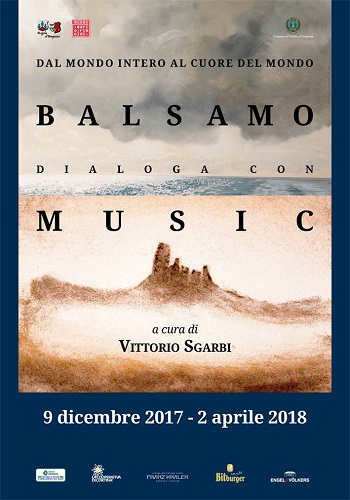To access this section of the website you need to be registered
With the exhibition FROM THE WHOLE WORLD TO THE HEART OF THE WORLD: BALSAMO DIALOGUES WITH MUSIC, the Regole d'Ampezzo want to pay homage to painter Renato Balsamo who, in 1974, following the donation by Rosa Braun of her husband's invaluable art collection, created the Mario Rimoldi Modern Art Museum, which he directed until 2010, and who had Cortina's cultural growth always close to his heart, both as teacher and headmaster of the local Art School and as tireless organizer of important cultural events, from visual arts to literature and music.
Balsamo took his art diploma at the Academy of Fine Arts in Naples. After a study tour in Spain, he arrived in Cortina where he began his teaching experience and became close friend of the art collector Mario Rimoldi. It was in the rooms of the Art School, where Mario Rimoldi used to offer painters space to work, that Balsamo met Anton Zoran Music and the two artists established a sincere and close friendship.
In order to light up this fruitful association, the memory of the painter from Sorrento is united to the one of the Slovenian artist, who, like him, lived Cortina in a unique way.
In 1951, Music won the Paris Art Prize, prestigious award organized in Cortina d'Ampezzo by the Centre of Italian Culture in Paris on the initiative of artists Campigli and Severini and the cooperation of Mario Rimoldi, then mayor of Cortina. This award triggered a chain of successes for Music while Cortina became an important reference point in his life: his presence in the valley went on for over forty years and the artist dedicated some of his pictorial cycles to the Ampezzo town.
Professor Vittorio Sgarbi about Renato Balsamo: the artist from Sorrento who, for love, moved to Cortina... Extremely sensitive painter.. he was able to grasp the soul of the subjects he sought and loved in intense drawings and perfect portraits. I owe him, besides my own, the living and telling portrait of my mother, young and disturbed, in that restless thought that no one was able to grasp as he did. And it was her soul.
